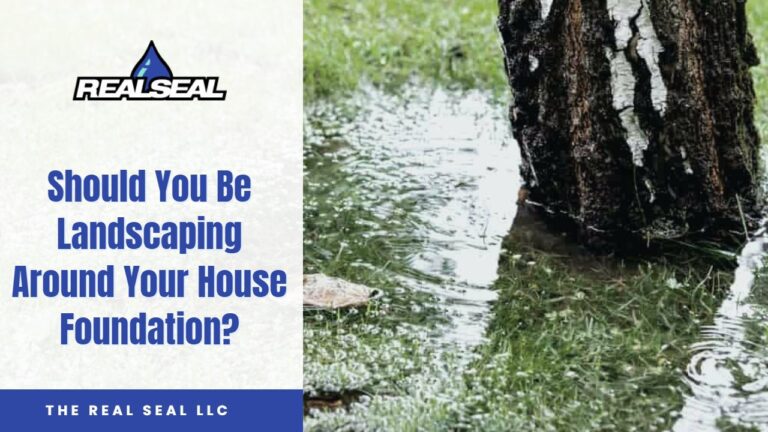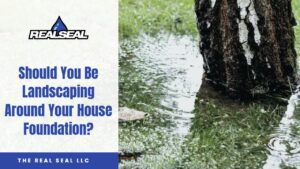If you’re asking if you should be landscaping around your house foundation, this is the article for you. Many homeowners don’t know how proper landscaping can prevent water from building around their foundation, leading to seepage and structural problems. That’s why we wrote this blog! You’ll learn the side effects of improper landscaping and nine things you can do yourself.
Should You Be Landscaping Around Your House Foundation?
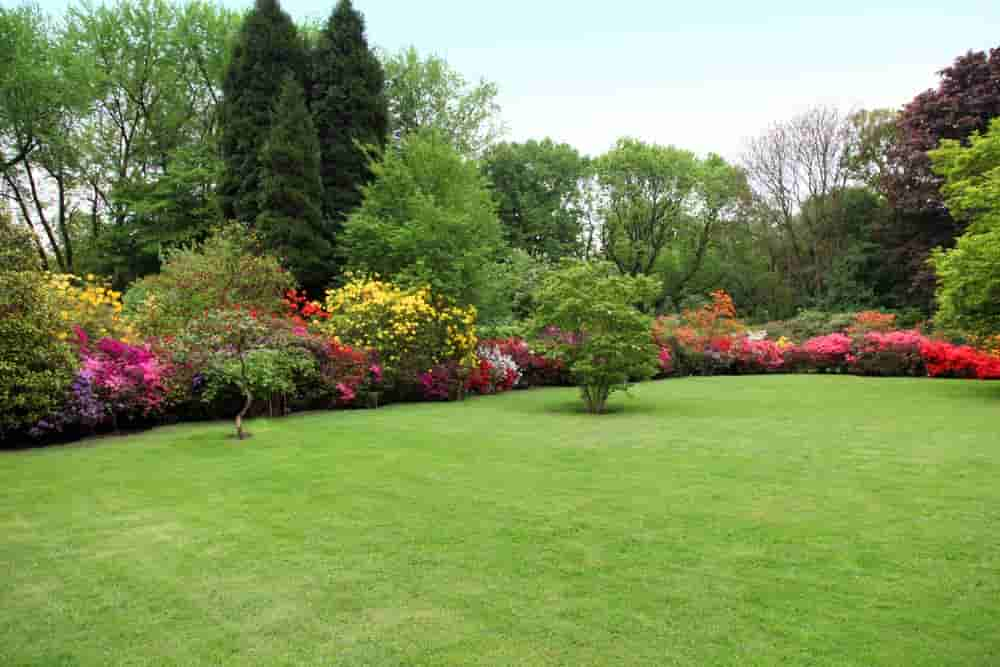
What Happens If You Don't Landscape Around Your House Foundation?
- Foundation issues – When water builds up in the soil around your home, it can begin to push against your foundation walls. This pressure can force your foundation walls to bow inward, leading to structural cracks and water leaks. Once water enters your foundation, it can lead to mold growth, musty odors, and increased humidity (which can increase your energy bills). This applies to both basement and crawl space foundations.
- Yard issues – Pooling water can lead to an increase in mosquitos and fruit flies, which love to build nests and lay eggs in still or stagnant water. If you live in a humid area or near a body of water, chances are you’re already dealing with bug bites. Pooling water can also lead to dead plants and grass. Plants need oxygen as much as they need water.
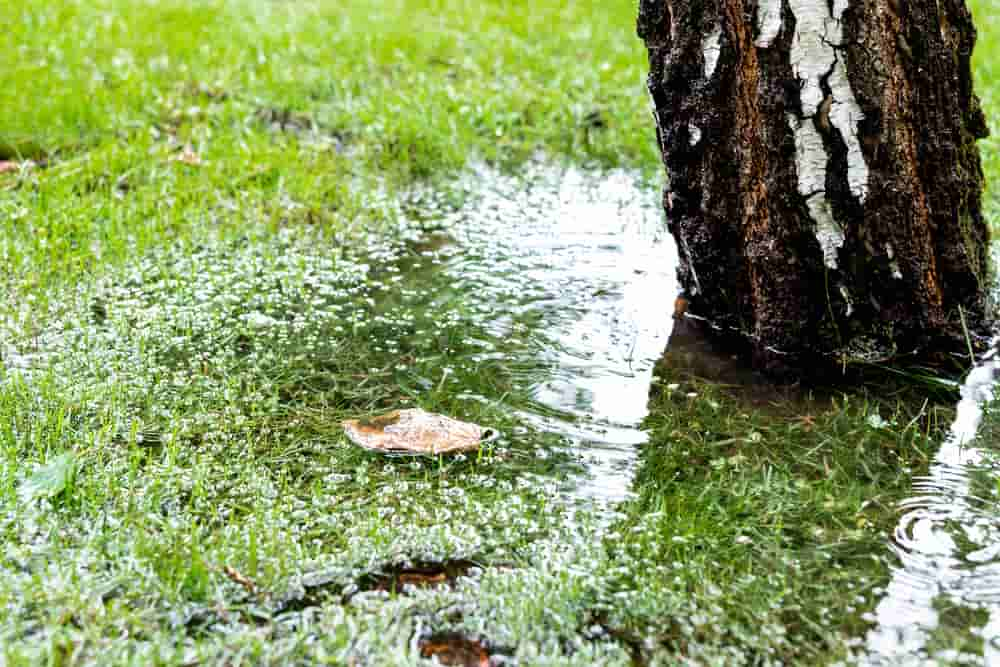
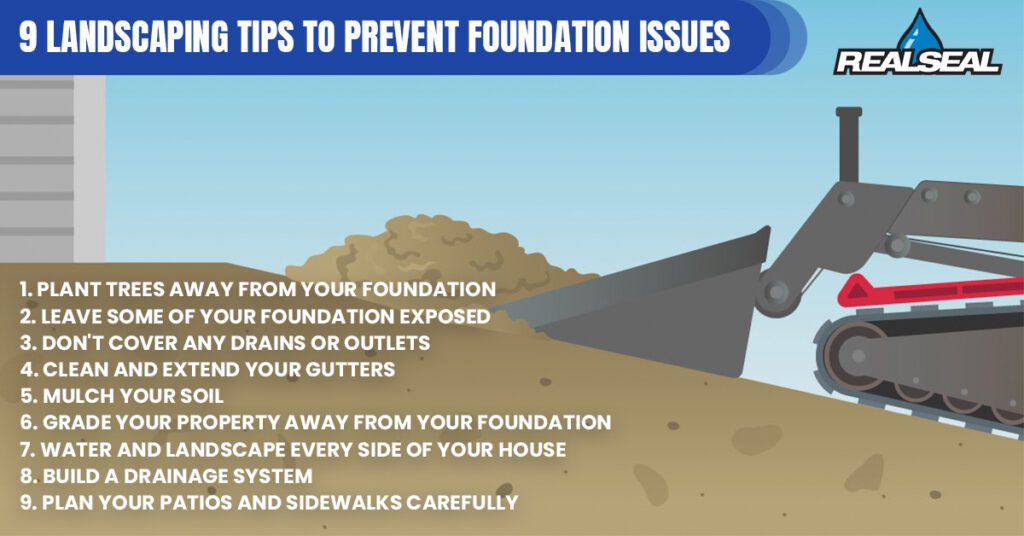
9 Landscaping Tips
- Plant trees away from your foundation – A tree’s roots can be twice as wide as its canopy. Those extensive roots can damage your foundation and drink all the moisture in your soil, which can lead to settlement. Foundation repair professionals always recommend planting smaller, ornamental trees like magnolias or myrtles. Experts suggest avoiding larger trees like Oak, Pine, American Elms, and Willows. If you already have these trees on your property and don’t want to relocate or remove them, you can install a root barrier to keep the trees from encroaching near your foundation.
- Leave some of your foundation exposed – Most experts recommend keeping at least 3 inches of your foundation exposed so that you can see if any cracks or other signs of issues form.
- Don’t cover any drains or outlets – Don’t cover any drains or outlets with plants, flowers, or shrubs. If you have a sump pump ejecting water away from your home using a discharge line, it needs to be clear and open.
- Clean and extend your gutters – If your gutters are clogged, water could be pouring over the sides, seeping into the soil near your foundation. Professionals recommend inspecting and cleaning your gutters as often as possible. Experts also recommend extending your gutter downspouts at least 20 feet away from your home.
- Mulch your soil – If the soil around your property is mainly made of clay, it could experience a growing-shrinking cycle when it’s wet. Mulch helps retain moisture and prevents soil from drying during the summer months.
- Grade your property away from your foundation – The soil around your foundation should slope at least 6 to 10 inches within 10 feet of your home. This ensures that water drains away from your house foundation and not towards it.
- Water and landscape on every side of your house – If you only water one side of your home, the soil in that area will retain more moisture than the other sides. Professionals recommend watering and spreading out your landscaping evenly.
- Build a drainage system – If your property suffers from pooling water, experts recommend installing a drainage system such as a swale or French drain. Swales are small ditches filled with grass, rock, or gravel that help collect water runoff from your property. French drains are perforated pipes that collect pooling water on your property, channeling it to a nearby swale, dry well, or the lowest part of your yard.
- Plan your patios and sidewalks carefully – Sidewalks, patios, and driveways should allow water to drain away from your foundation. If you’re planning on building any new slabs, make sure they are sloped accordingly.
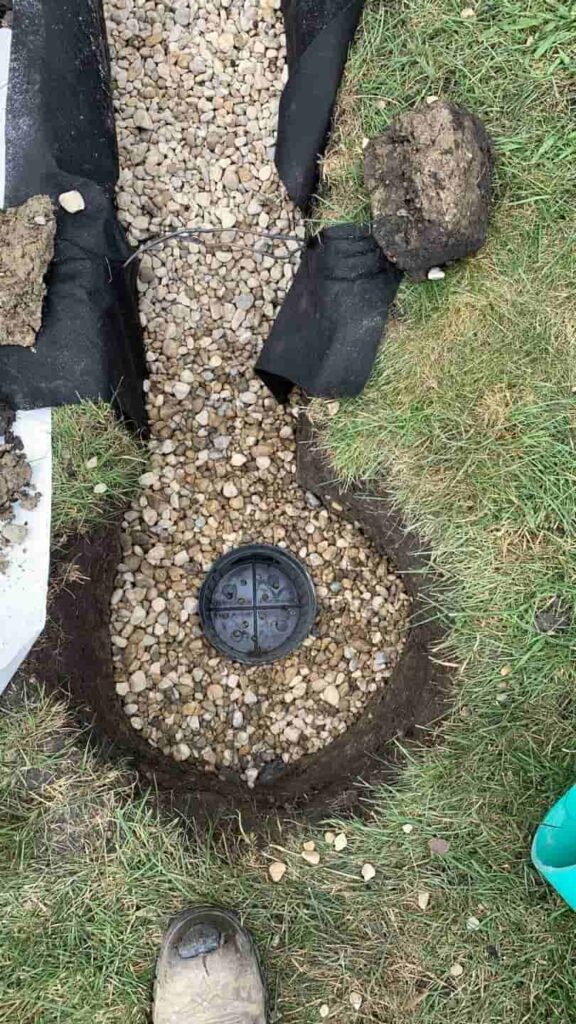
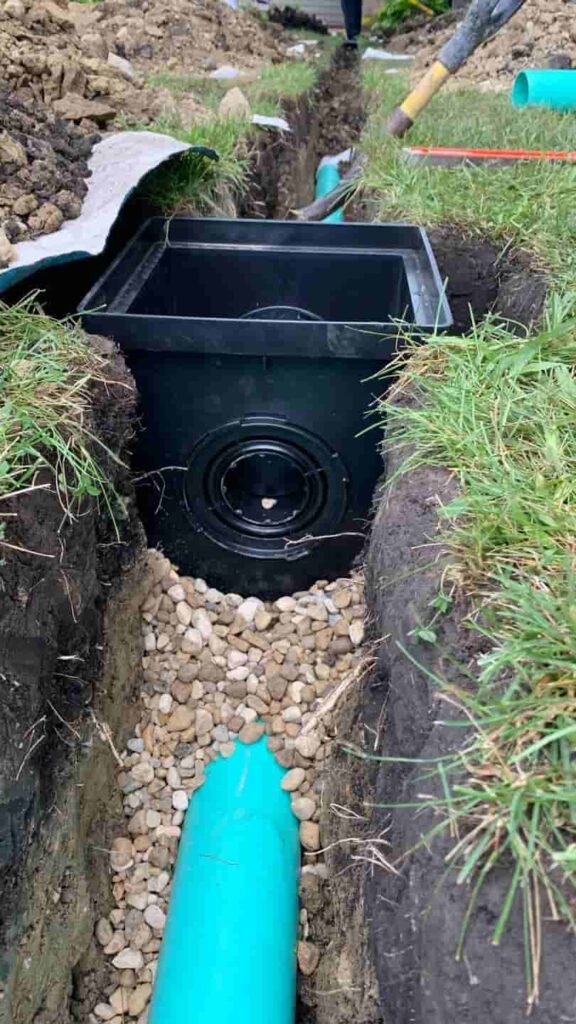
Who Can Help?
If your property is prone to pooling water and you need professional drainage solutions then you should not be landscaping around the foundation, and for further issues, call The Real Seal. Since 2011, we’ve been assessing and addressing improper drainage and foundation damage throughout Chicagoland. Our experts will inspect your property, find the root cause of the excess groundwater buildup, and give you a solution that can save your house foundation from any more water damage. We also offer foundation repair, concrete leveling, and more.
